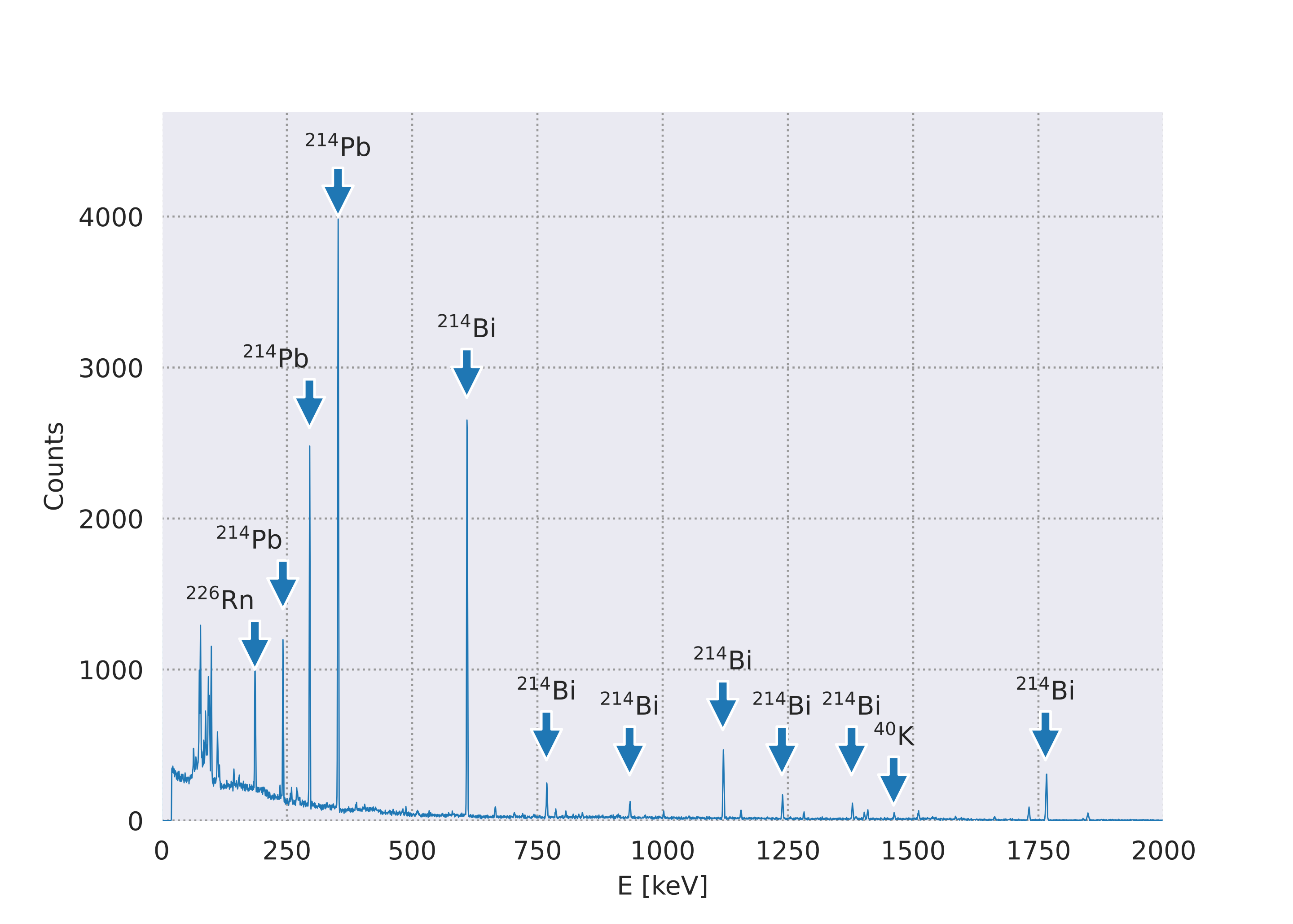Revisiting Some Electronics
I have had cause to revisit some electronics I last studied during my Master's, and in the process of making notes and reading both textbooks and webpages, I thought it seemed a good opportunity to make my first blog post here. I'll be looking at the electronics of gamma ray detectors, including: diodes, transistors, pre-amplifiers, and multichannel analysis.
Gamma Rays
Gamma rays are high frequency, high energy photons, or electromagnetic radiation, with wavelength of the order 1pm and frequencies above 3x1019Hz. During gamma decay a nucleus in an excited state decays to a lower energy state by the emission of a photon.
Gamma Spectroscopy
Gamma spectroscopy describes the means and apparatus through which the emission and presence of gamma rays may be measured. Due to the high energy levels of gamma rays, they may be resolved individually. Gamma emitters typically produce line spectra, which is to say that they emit many photons at discrete energy levels.
Components of a Gamma Spectrometer
A spectrometer will include an energy-sensitive detector and devices which will process the signal produced by this detector, such as a multichannel analyser.
Detector
Through the photoelectric effect, Compton effect, and pair production, the energy of gamma rays incident upon the detector is converted into a voltage signal. The magnitude of this signal is proportional to the energy of the incident gamma.
Data Acquisition and Analysis
The voltage signals produced by the detector are then analysed by a multichannel analyser.
Second Interview
Clearly the above is unfinished, I'll return to that at some point. I had the second part of my interview today, fair to say it could have gone much better. It was a learning experience though, and I enjoyed that, however humbling it may have been I am determined to continue learning, certainly there is plenty more to learn.
